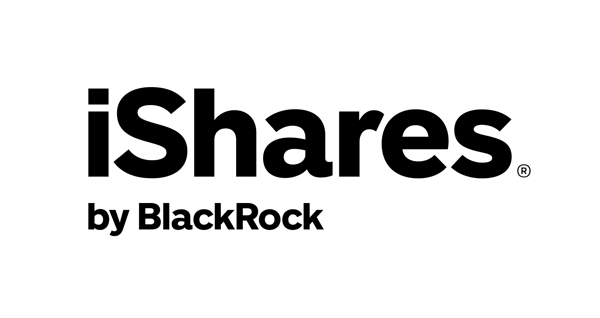
As a follow-up to my posts for Vanguard and Fidelity money market funds, iShares ETFs (Blackrock) has also recently released their US GOI percentages for 2024 tax year. US Government Obligation Interest (US GOI) like Treasury bills and bonds are generally exempt from state and local income taxes. However, in order to claim this exemption, you’ll likely have to manually enter it on your tax return after digging up a few extra details.
The tax document has a pretty good summary of the situation for all brokers:
The Form 1099-DIV (or substitute form) you received from your financial advisor or brokerage firm may include income derived from U.S. Government and agency obligations. This income may be excluded from state income tax (although in many states, only the income from Treasury obligations is exempt from personal state income tax). The information below is provided to assist with the completion of shareholder state income tax returns. The amount in Box 1a of 2024 IRS Form 1099-DIV should be multiplied by the applicable percentages below to obtain the dollar amount of income derived from the sources categorized below. Because the qualifications for exclusion vary by state (some states have investment threshold requirements), please consult your tax advisor for details.
It’s notable that even things like the iShares iBonds 20XX Term TIPS ETFs are not 100% US government obligations, so it’s important to reference this document and not assume. For iShares TIPS Bond ETF (TIP) and iShares 0-5 Year TIPS Bond ETF (STIP) the USGOI percentage for 2024 was indeed at 100.00%.
For iShares 0-3 Month Treasury Bond ETF (SGOV), the USGOI percentage for 2024 was 97.53%. This is pretty good and why SGOV is my default cash position at most brokers. The tax document also confirms that at least 50% of the assets of the fund were invested in Federal Obligations at the end of each quarter of the fiscal year. That means that SGOV met the minimum criteria for the dividend income to be exempt in the states of California, Connecticut, and New York.


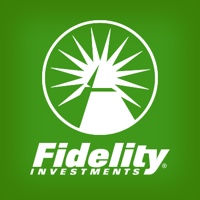 One of my older relatives used Fidelity to manage their investments, and it was a hodgepodge of over 10 different mutual funds with a total expense ratio nearing 1%. The last time I measured its long-term performance, it lagged the benchmark indexes by… roughly 1%. Since then, I’ve always viewed that as a big part of Fidelity’s business model. They will sell you a portfolio that looks complex and smart, with fancy-sounding names and lots of moving parts. In the end, your performance will be okay because it will capture most of the stock market return, and most folks won’t even notice the chunk that was missing from fees. From a certain perspective, you paid a fee and got what you wanted: a stamp of approval from a respectable name.
One of my older relatives used Fidelity to manage their investments, and it was a hodgepodge of over 10 different mutual funds with a total expense ratio nearing 1%. The last time I measured its long-term performance, it lagged the benchmark indexes by… roughly 1%. Since then, I’ve always viewed that as a big part of Fidelity’s business model. They will sell you a portfolio that looks complex and smart, with fancy-sounding names and lots of moving parts. In the end, your performance will be okay because it will capture most of the stock market return, and most folks won’t even notice the chunk that was missing from fees. From a certain perspective, you paid a fee and got what you wanted: a stamp of approval from a respectable name.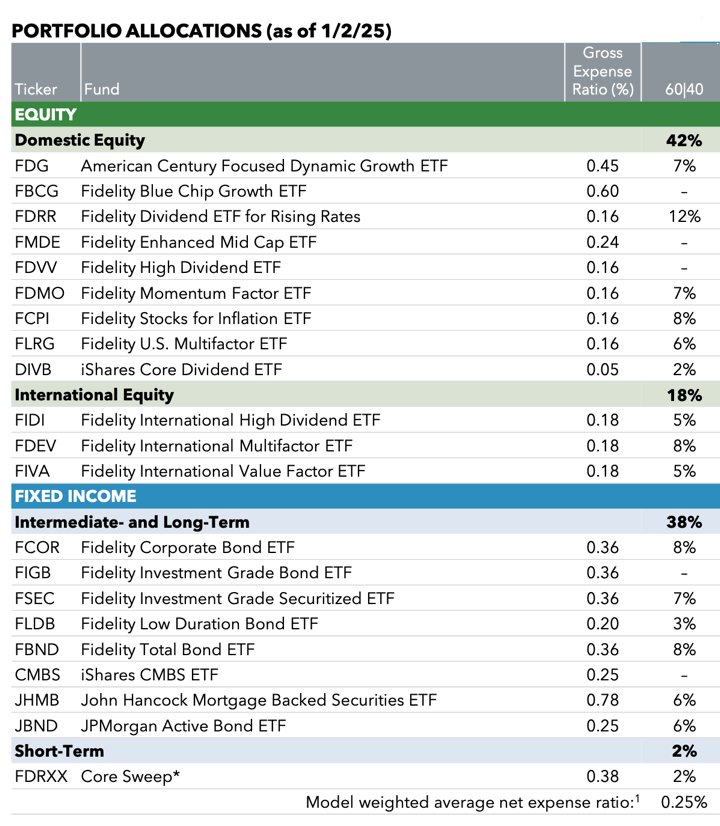
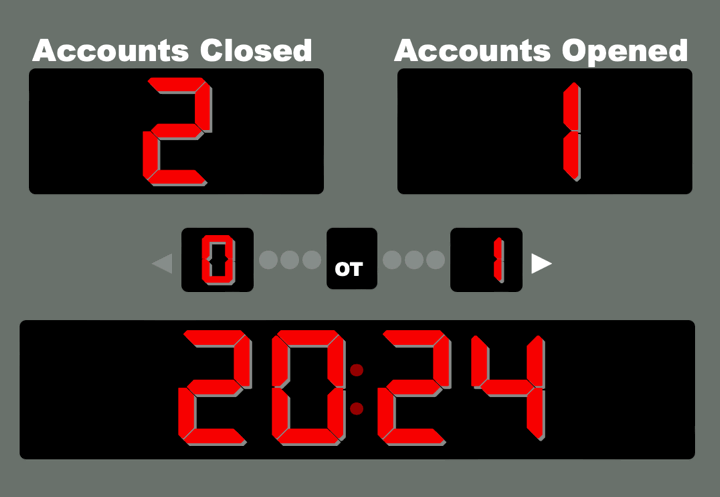

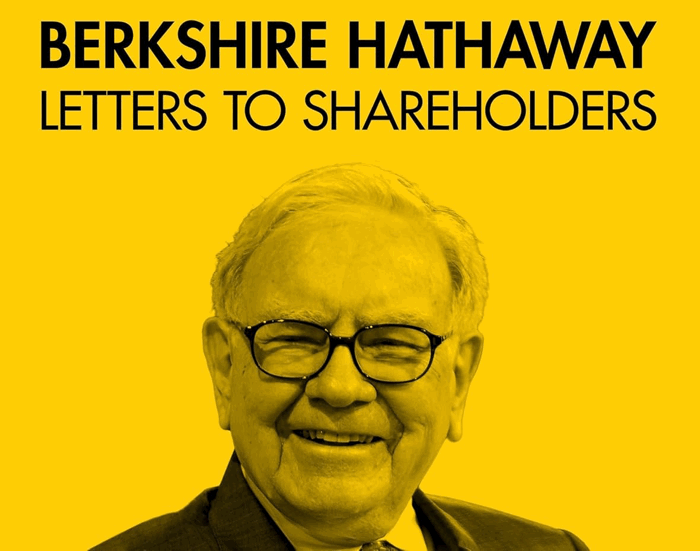
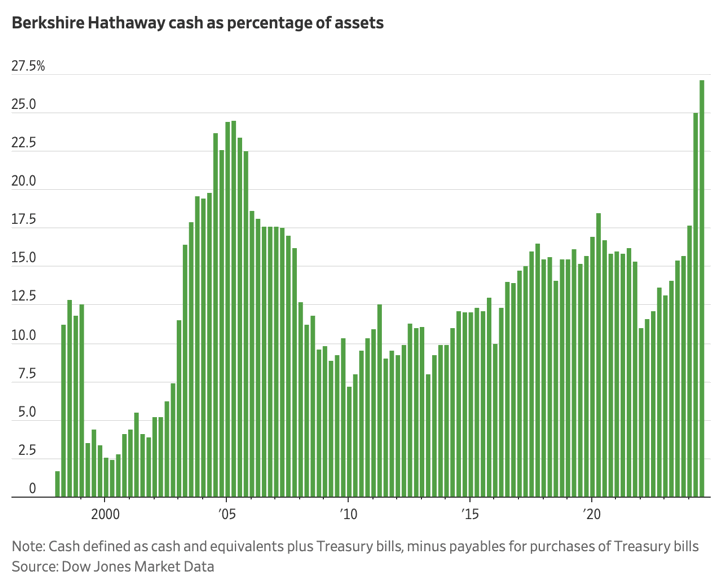
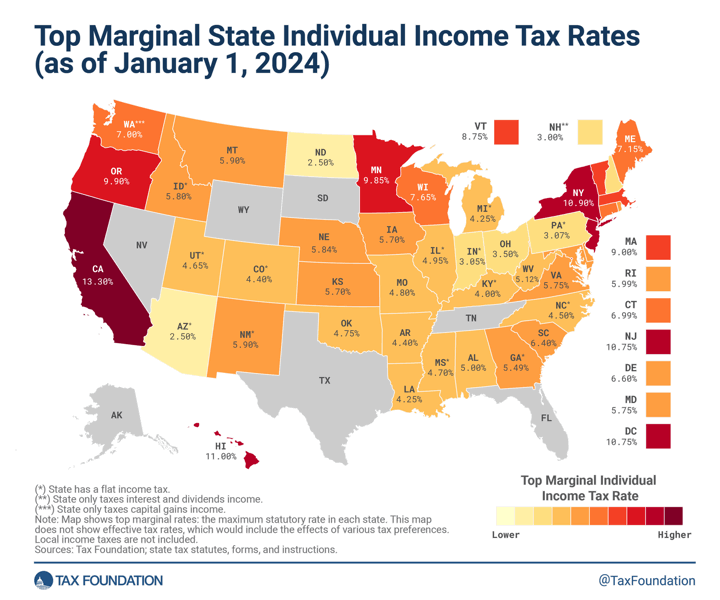

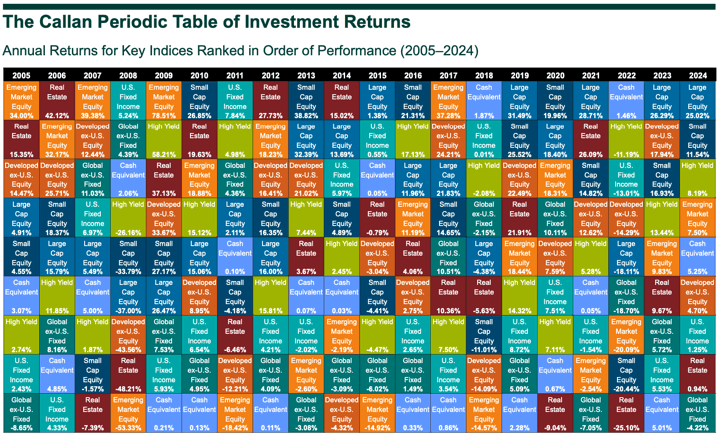


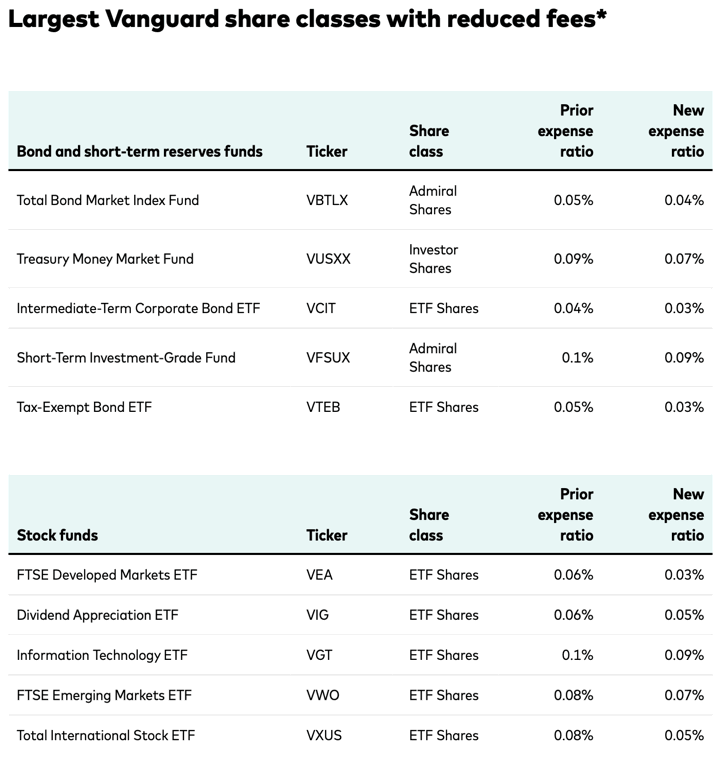
 The Best Credit Card Bonus Offers – 2025
The Best Credit Card Bonus Offers – 2025 Big List of Free Stocks from Brokerage Apps
Big List of Free Stocks from Brokerage Apps Best Interest Rates on Cash - 2025
Best Interest Rates on Cash - 2025 Free Credit Scores x 3 + Free Credit Monitoring
Free Credit Scores x 3 + Free Credit Monitoring Best No Fee 0% APR Balance Transfer Offers
Best No Fee 0% APR Balance Transfer Offers Little-Known Cellular Data Plans That Can Save Big Money
Little-Known Cellular Data Plans That Can Save Big Money How To Haggle Your Cable or Direct TV Bill
How To Haggle Your Cable or Direct TV Bill Big List of Free Consumer Data Reports (Credit, Rent, Work)
Big List of Free Consumer Data Reports (Credit, Rent, Work)